Abstract:
Protection of honey bees is of great economic importance because of their role in pollination. Crucial steps towards this goal are epidemiological surveys of pathogens connected with honey bee losses.
In this study deformed wing virus (DWV), chronic bee paralysis virus (CBPV), acute bee paralysis virus (ABPV) and sacbrood virus (SBV) were investigated in colonies of different strength located in five regions of Serbia.
The relationship between colony strength and virus occurrence/infection intensity were assessed as well as the genetic relationship between virus sequences from Serbia and worldwide. Real-time RT-PCR analyses detected at least one virus in 87.33% of colonies.
Single infection was found in 28.67% colonies (21.33%, 4.00%, 2.67% and 0.67% in cases of DWV, ABPV, SBV and CBPV, respectively). In the majority of colonies (58.66%) more than one virus was found. The most prevalent was DWV (74%), followed by ABPV, SBV and CBPV (49.30%, 24.00% and 6.70%, respectively). Except for DWV, the prevalence of the remaining three viruses significantly varied between the regions.
No significant differences were found between colony strength and either (i) the prevalence of DWV, ABPV, SBV, CBPV and their combinations, or (ii) DWV infection levels. The sequences of honey bee viruses obtained from bees in Serbia were 93–99% identical with those deposited in GenBank.
Full Article: peerj.com









